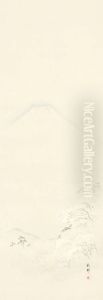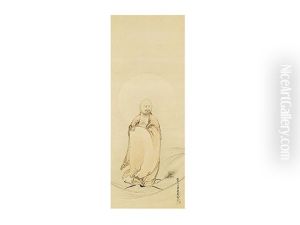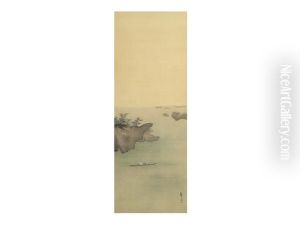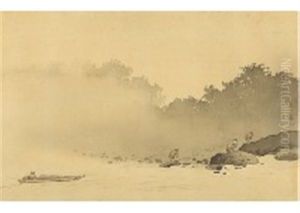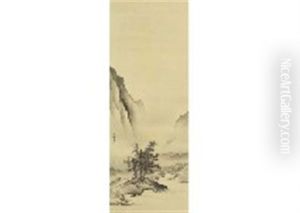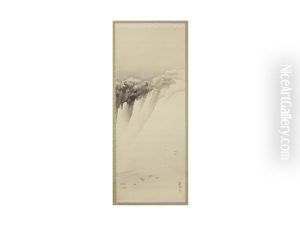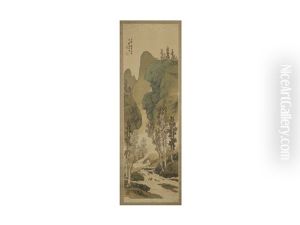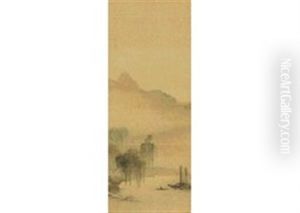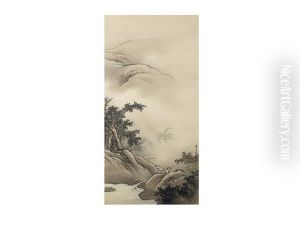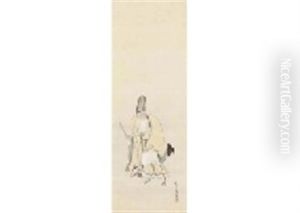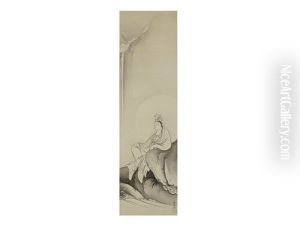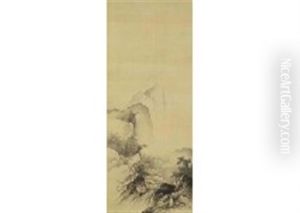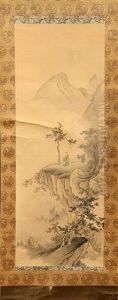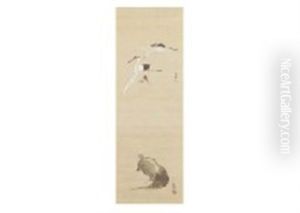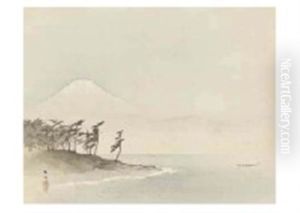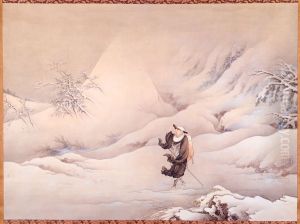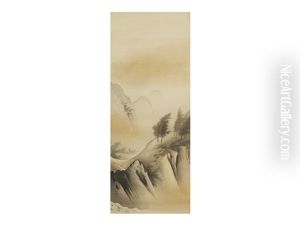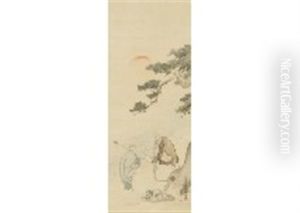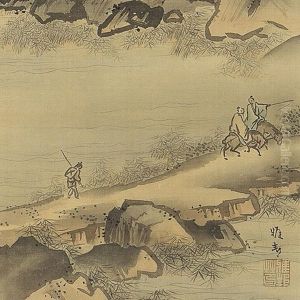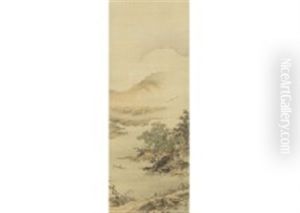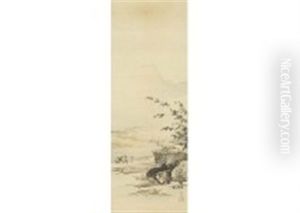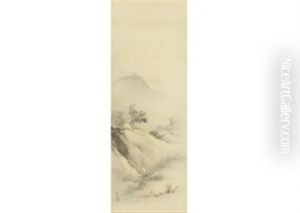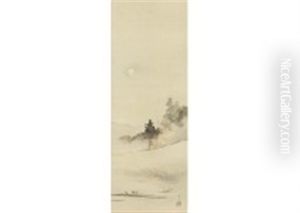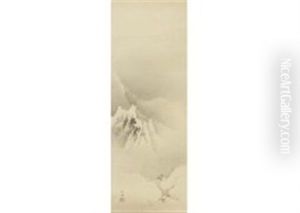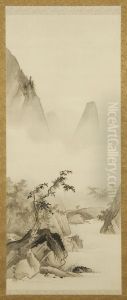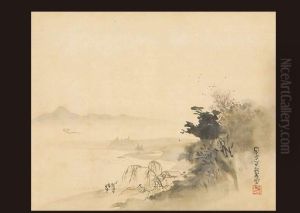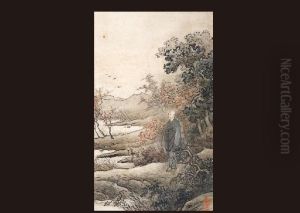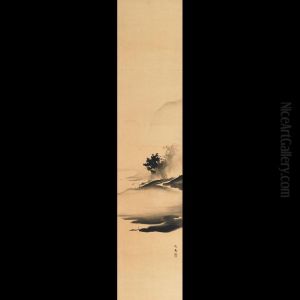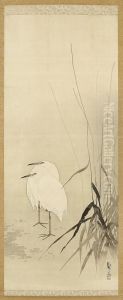Hashimoto Gaho Paintings
Hashimoto Gaho was a prominent Japanese painter from the Meiji period. Born on August 21, 1835, in Edo (modern-day Tokyo), Gaho played a significant role in the development of Japanese painting during a time of great transition and modernization in Japan.
Gaho was initially trained in the Kano school of painting, which was one of the most influential schools of Japanese painting throughout the Edo period. The Kano school's signature style involved a combination of strong brush strokes and a vivid use of colors in scenes often depicting nature, historical events, and the Japanese court.
Gaho became an important figure in the Meiji era, as Japan opened up to Western influences and underwent rapid modernization. He was among the Japanese artists who sought to maintain traditional Japanese artistic practices while also adapting to new techniques and styles from the West. Gaho was appointed as an artist to the Imperial Household, a prestigious position, and he worked to revitalize the Kano school tradition by incorporating Western perspective and painting techniques.
His works display a mastery of traditional Japanese ink painting (sumi-e) and screen painting, but they also reflect an awareness of Western realism and shading techniques. Gaho was a teacher as well as an artist, and he played a vital role in the art education system of Japan, helping to establish the Tokyo School of Fine Arts (now Tokyo University of the Arts), where he educated a new generation of Japanese artists.
Hashimoto Gaho's dedication to his craft and his influential role in art education made him a central figure in the Meiji period art world. He passed away on January 13, 1908. Today, his works are held in numerous collections, including the Tokyo National Museum, and are considered important for understanding the evolution of Japanese art during a pivotal time in the country's history.
